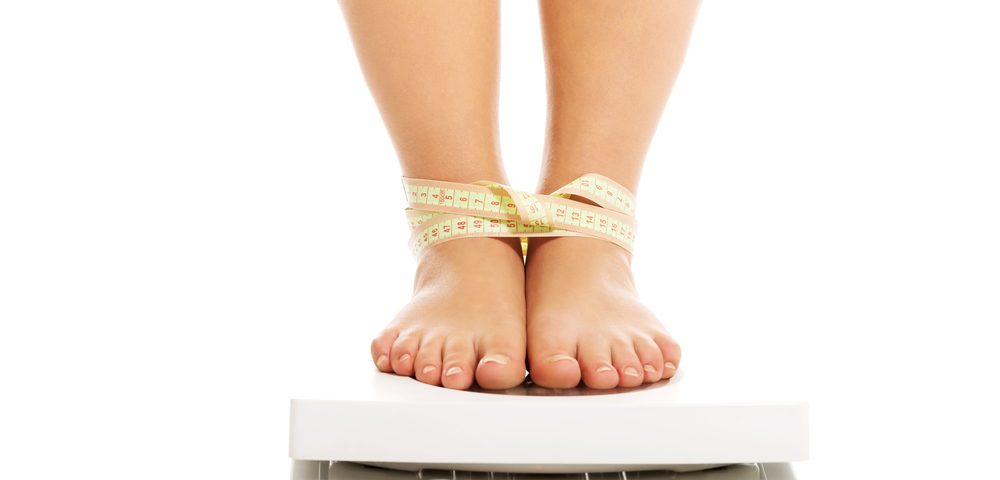Underweight patients with inflammatory bowel disease may be more susceptible to developing non-alcoholic fatty liver disease than those with normal weight, according to a study.
The study, “Non-alcoholic fatty liver disease in underweight patients with inflammatory bowel disease: A case-control study,” was published in PLOS One.
Non-alcoholic fatty liver disease (NAFLD) is a type of fatty liver disease not related to heavy alcohol consumption. Usually the condition is associated with obesity and other metabolic disorders, but it also can be triggered by malnutrition and starvation in lean and underweight individuals.
Malnutrition is extremely common in many diseases, including cancer, congestive heart failure, anorexia, and inflammatory bowel disease (IBD).
In IBD, malnutrition is estimated to affect 25% to 69.9% of the patients, while NAFLD is estimated to affect up to 40% of patients. However, the prevalence of underweight NAFLD patients with IBD has never been investigated.
In this study, German researchers set out to evaluate whether low body weight could be associated with NAFLD among patients diagnosed with IBD.
The cross-sectional, age, gender, and disease-matched case-control study enrolled a total of 61 underweight (body mass index, or BMI, lower than 18.5 kg/m²) and 61 normal weight (BMI between 20-24.9 kg/m²) IBD patients, and non-IBD individuals who underwent routine abdominal magnetic resonance imaging (MRI) to measure fat content of the liver.
In both groups, 47 patients had Crohn’s disease, six patients had a diagnosis of ulcerative colitis and eight patients had no diagnosis, but suffered from abdominal pain (non-IBD).
Medical history, including disease duration, surgery and medical treatment, laboratory tests, liver and spleen size were also analyzed in all patients.
The prevalence of NAFLD was significantly higher among underweight IBD patients compared to normal-weight patients (87.6% versus 21.5%).
The levels of liver fat in normal-weight IBD patients were reduced by 19% on average compared to underweight patients. Similar results were found among non-IBD individuals with normal body weight who had, on average, a 25% reduction of liver fat compared to underweight subjects.
Patients with extremely low body weight (BMI lower than 17.5 kg/m²) had the highest levels of liver fat — on average 15% more than that of underweight patients (BMI between 17.5-18.5 kg/m²).
In addition, the levels of liver enzymes and liver size were slightly increased in underweight IBD patients, “hinting at initial metabolic disturbances,” the researchers said. No significant differences in medical history were found between underweight and normal-weight patients.
“Presence of fatty liver in underweight patients should not be neglected, as it could indicate a higher risk for metabolic disorders or even hint at a different entity of non-metabolic NAFLD. Further investigations, specifically in a set of underweight patients without diagnosis of physical disorders are needed to better understand the association between relevant underweight and liver disease,” the researchers concluded.

